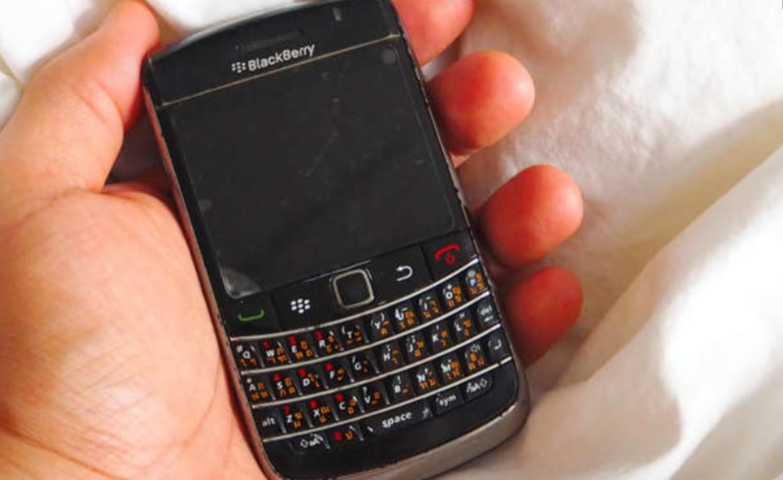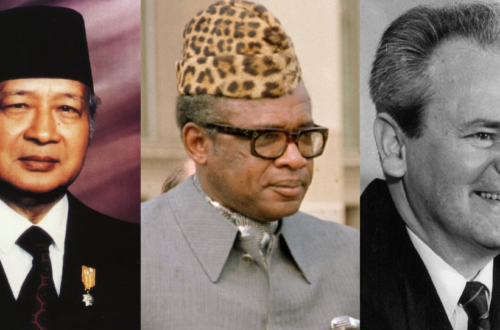
The Most Successful Technology Failures of All Time

Some of the greatest breakthroughs in tech came from failures. While we often hear about success stories, it’s the failures—sometimes dramatic, sometimes comical—that can teach us the most.
The road to success is rarely straight, and in the tech world, many game-changing ideas initially flopped or didn’t meet expectations.
However, these so-called “failures” laid the foundation for future innovation, reshaped industries, or sparked even bigger successes.
Here are some of the most successful technology failures of all time:
1. Apple Newton (1993)
Before the iPhone, there was the Apple Newton, one of the first personal digital assistants (PDAs). The device was revolutionary for its time but was criticized for its high price, bulky design, and notoriously inaccurate handwriting recognition. Despite its early struggles, the Newton’s core technology paved the way for the development of the iPad and iPhone—Apple’s future defining products.
2. Google Glass (2013)
When Google Glass was introduced, it was hailed as the next big thing in wearable tech. But its combination of high cost, privacy concerns, and awkward design led to its eventual failure. However, Google didn’t give up on the concept; Google Glass has since evolved into a business-oriented product for industries like healthcare and manufacturing, where its hands-free nature has proven useful.
3. Microsoft Zune (2006)
Microsoft’s answer to the iPod, the Zune was a major flop, primarily because of its lack of distinctive features and poor timing in an already saturated market. Despite this, the Zune inspired key features like the Zune Marketplace, which influenced Microsoft’s media strategy and contributed to later successes in the digital media space.
4. Betamax (1975)
Sony’s Betamax was a competitor to VHS, and although Betamax had superior video quality, the format failed to win the market due to factors like shorter recording time and higher cost. Yet, Betamax’s technology led to the creation of the Blu-ray format, a later success that dominated the high-definition video market.
5. Segway (2001)
The Segway was supposed to revolutionize personal transportation, offering an eco-friendly, efficient alternative to walking. But high costs, safety concerns, and limited appeal made the product a commercial failure. However, Segway technology found its way into self-balancing scooters and delivery robots, proving the concept had long-term value.
6. Theranos (2003-2018)
Although it was ultimately exposed as a fraud, the story of Theranos—a company promising to revolutionize blood testing with a single drop of blood—served as a cautionary tale and prompted a renewed focus on ethical standards in health tech. The lessons learned from its failure are shaping current medical device development and regulations.
7. Amazon Fire Phone (2014)
Amazon’s Fire Phone was a highly anticipated but poorly received device that failed due to a lack of compelling features, a confusing interface, and competition from established brands like Apple and Samsung. Still, the technology behind the Fire Phone—particularly its 3D interface and Amazon services integration—influenced the Amazon Echo and the Alexa voice assistant, which became a global success.
8. Google Wave (2009)
Google Wave was a real-time collaboration tool that combined elements of email, chat, and social networking. Despite its ambitious vision, the product was confusing to use and failed to gain traction. However, the underlying technology and ideas later influenced tools like Google Docs and the collaboration features seen in apps like Slack.
9. Kodak Digital Cameras (1990s)
Although Kodak was a giant in the world of film photography, it failed to recognize the potential of digital cameras until it was too late. The company’s digital camera division initially flopped, but it set the stage for Kodak’s later pivot into digital imaging and printing technology.
10. Apple Lisa (1983)
The Apple Lisa was one of the first personal computers to feature a graphical user interface (GUI), but its high price tag and performance issues caused it to underperform in the market. Despite its failure, the Lisa laid the groundwork for future Apple products like the Macintosh and the iPhone by proving that GUIs were the future of personal computing.
11. Windows Vista (2007)
Windows Vista was riddled with compatibility issues, poor performance, and a complicated user interface. But despite the initial backlash, it helped shape the development of Windows 7, one of Microsoft’s most successful operating systems, by fixing many of the flaws in Vista’s design.
12. The Ford Edsel (1957)
The Ford Edsel is often considered one of the biggest failures in the automobile industry due to its poor design, high price, and marketing blunders. However, the lessons learned from the Edsel’s failure influenced future car designs and manufacturing processes at Ford, ensuring that the company remained a major player in the industry.
13. Clippy (Microsoft Office Assistant)
The overly-enthusiastic Clippy was a digital assistant meant to help with Microsoft Office but became one of the most hated tech innovations of all time. Despite being mocked, Clippy’s underlying AI and the concept of virtual assistants paved the way for modern assistants like Siri, Alexa, and Google Assistant.
14. BlackBerry (1999–2016)
Once the gold standard for mobile productivity, BlackBerry failed to keep up with Apple and Android. But it left a legacy in mobile security, messaging encryption, and enterprise software. Today, BlackBerry thrives in the background, building cybersecurity and IoT tech.




